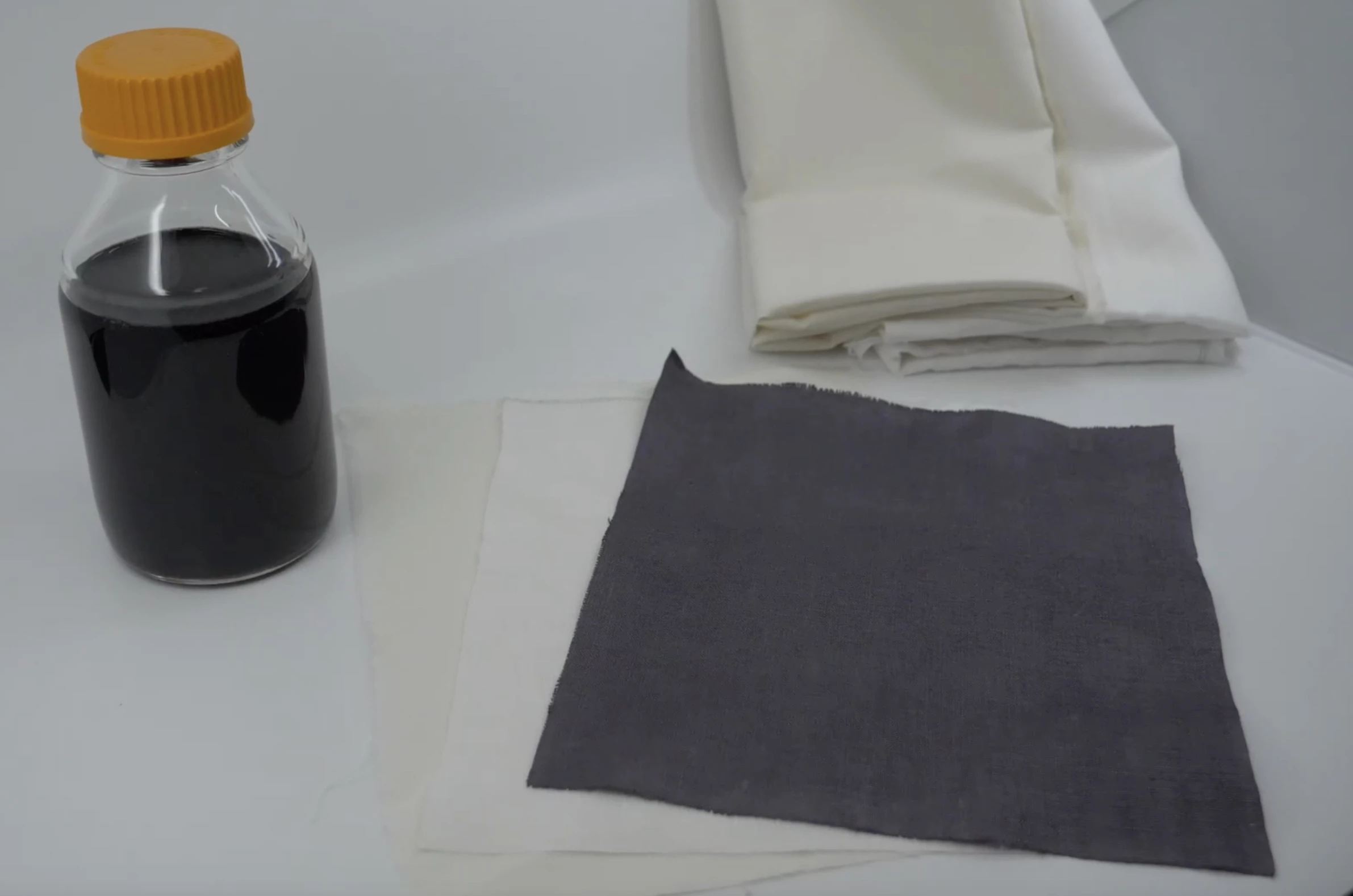Researchers at Drexel University have created “Faraday fabrics” that can block almost all electromagnetic waves. The key ingredient is a 2D material called MXene, and the development could help protect wearables from interference and people from potentially dangerous radiation.
Electromagnetic waves have proven incredibly useful for modern technology – but between radio, TV, Wi-Fi, Bluetooth, cellular phone networks and other devices, the airwaves are getting clogged up. Interference can make these important connections unstable and slow, and interrupt the function of electronic devices.
As such, vital components within devices are often wrapped in shielding materials like copper foil. The problem is, these can add bulk to the overall device, and since they reflect the waves the overall noise is still there.
Enter MXenes, a class of conductive, two-dimensional materials that are gaining interest for their promise in making sprayable antennas, conductive clays, and faster-charging battery electrodes. A few months ago, the Drexel team described how one particular MXene, titanium carbonitride, made an excellent EM-shielding material. Not only is it incredibly thin – just a few atoms thick – but it actually absorbs signals rather than reflecting them, so it cleans up the airwaves a bit in the process.
In the new study, the researchers found a new application for the MXene shielding – fabrics that block electromagnetic waves. They dipped samples of cotton and linen into an MXene solution and found that the end result could block more than 99.9 percent of signals.

On closer inspection, it seems that flakes of the material stick well to the fabric fibers, thanks to their electric charge. This produces a durable coating that doesn’t need other pre- or post-treatment processes like other conductive materials, the team says.
In other tests, the fabrics proved their staying power. After being stored at regular conditions for two years, the samples only had relatively small drops in shielding effectiveness of between eight and 13 percent.
“This work provides a much-improved alternative to current EMI shielding textiles,” says Simge Uzun, an author of the study. “Not only do MXene-coated fabrics exceed the performance of commercial metal-coated fabrics, but they can be sustainably produced by coating form aqueous solution without extra processing or chemical additives.”
The team says that these shielding fabrics could be used to protect wearable electronics from interference without adding too much bulk to them. They could also be used to make protective suits for people who need to venture into places with dangerously high electromagnetic fields or those that might be exposed to strong microwave radiation, which has been named as the likely culprit for Havana syndrome.
The research was published in the journal Carbon. The team demonstrates the material in the video below.
Source: Drexel University





